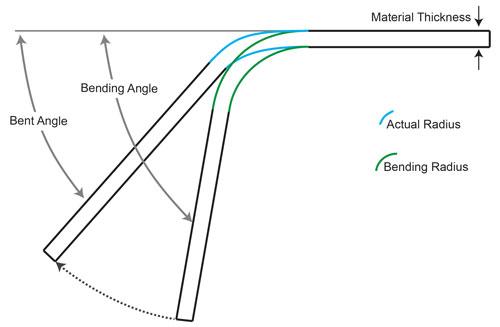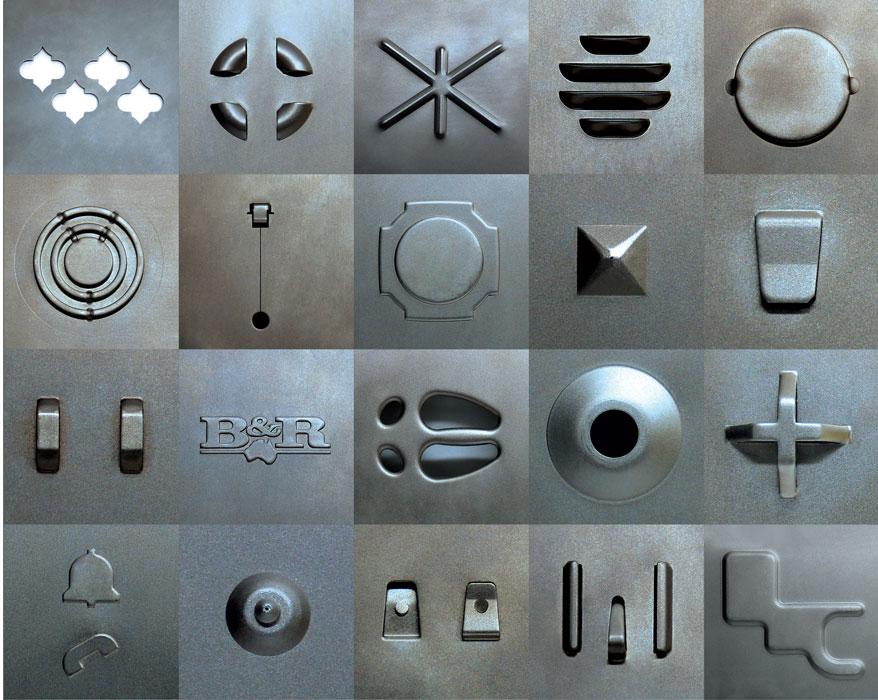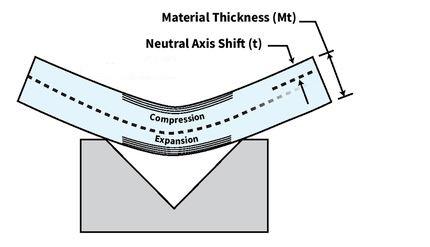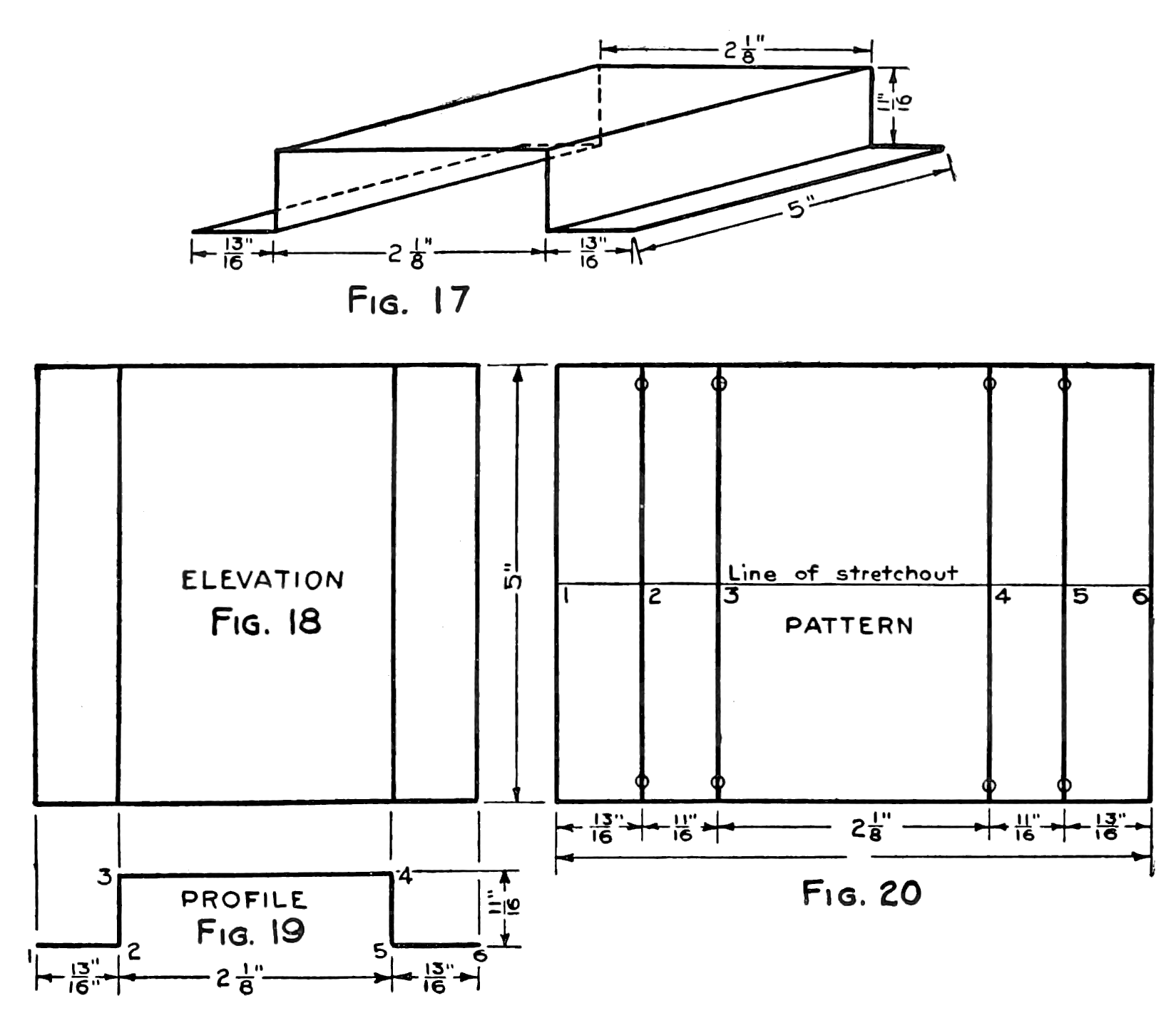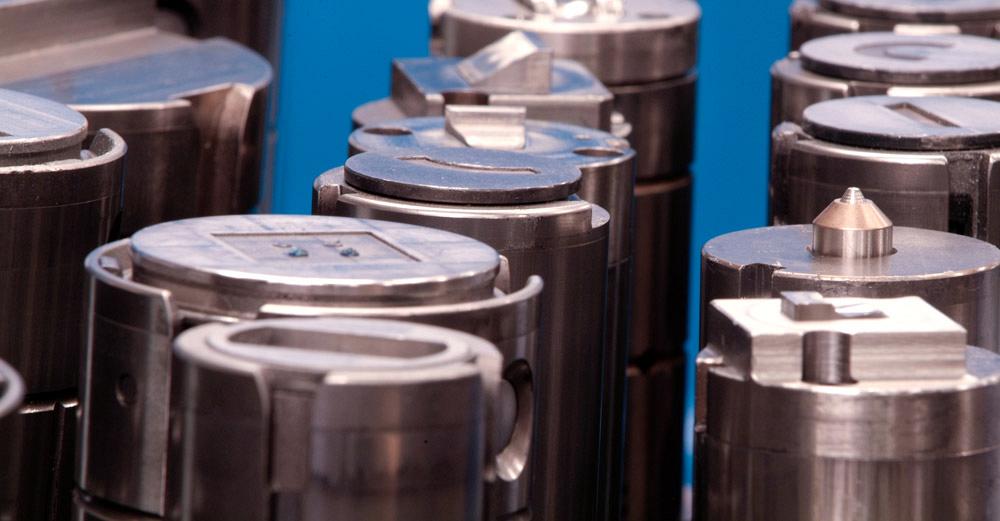This depth is precisely controlled to achieve the required bend.
As sheet metal stock thickness increases the clearance between punch and die should.
The bend angle is determined by the depth that the punch forces the sheet into the die.
A be decreased b be increased or c be unaffected.
B be increased a round sheet metal slug produced in a hole punching operation will have the same diameter as.
Increased 16 7 a circular sheet metal slug produced in a hole punching operation will have the same diameter as the a die opening or b punch.
Min service life of dies.
Determine the punch and die clearance by experience.
20 25 long service life of dies.
As sheet metal stock hardness increases in a blanking operation the clearance between punch and die should be increased a circular sheet metal slug produced in a hole punching operation will have the same diameter as the.
The sheet is placed between the two and held in place by the backstop.
30 table 1 recommended die clearance table.
30 heavy duty die clearance.
A long time industry rule of thumb used by die makers for the clearance between the punch and the die button is 5 of the stock thickness per side.
A circular sheet metal slug produced in a hole punching operation will have the same diameter as a the die opening or b the punch.
If you have too much clearance the material will stretch before the material fractures to produce the slug.
B a circular sheet metal slug produced in a hole punching operation will have the same diameter as a the die opening or b the punch.
As sheet metal stock hardness increases in a blanking operation the clearance between punch and die should be a decreased b increased or c remain the same.
As sheet metal stock hardness increases the clearance between punch and die should.
Next make sure you have the correct die clearance for the material type and thickness you re punching see figure 2.
In manufacturing industry there is a range of optimum values for specific processes clearances may span from 1 to 30 of sheet thickness.
This adds stress to the sheet and increases distortion.
The greater the sheet metal thickness the higher the clearance value should be.
The percentage of the die clearance to the material thickness.
As sheet metal stock hardness increases in a blanking operation the clearance between punch and die should be a decreased b increased or c remain the same.
A large factor is the type of work material and its temper.
Generally typical values span from 3 to 8 of sheet thickness.



